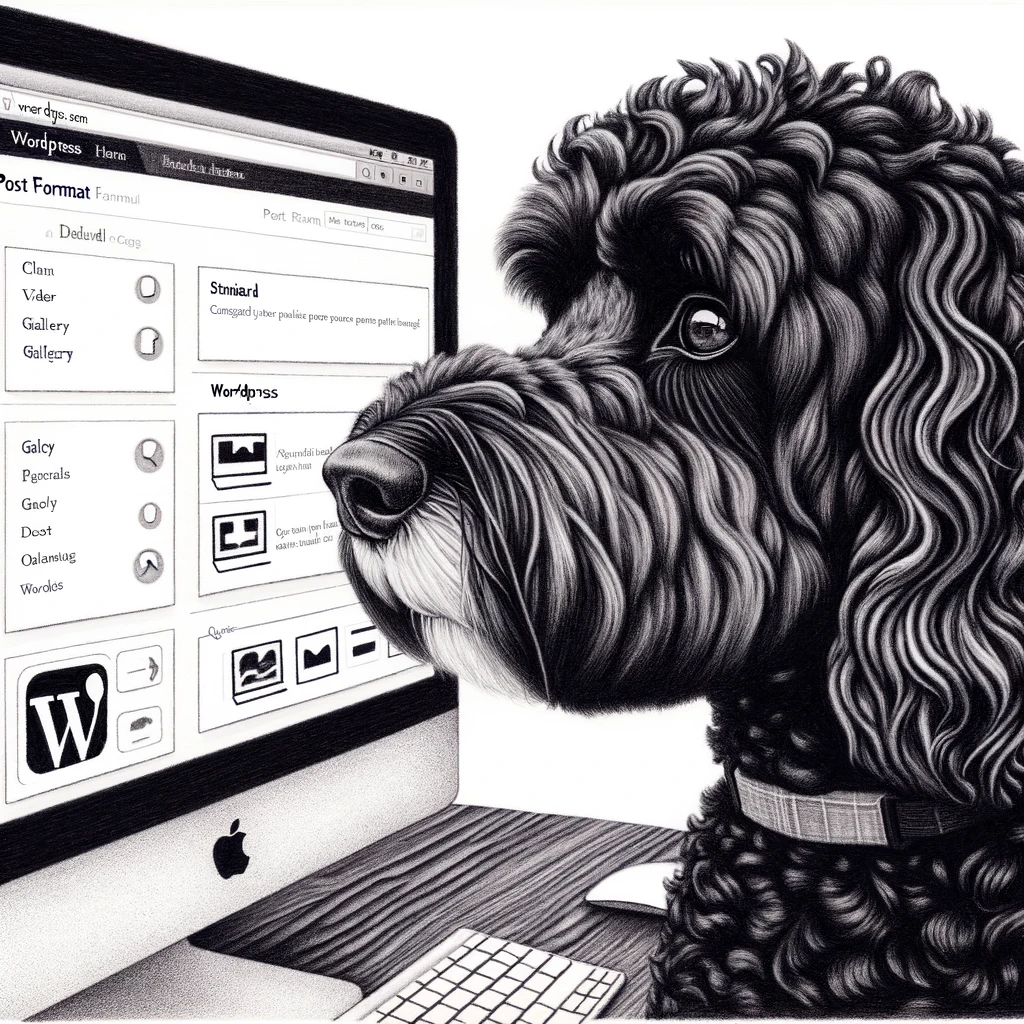Understanding Post Formats
In WordPress, post formats are tools that enable a theme to differentiate how various types of content are displayed. They add a layer of semantic meaning to posts, enhancing the visual experience on a website.
Defining Post Formats in WordPress
WordPress post formats are predefined formats that serve as a piece of meta information for a theme to use in customizing the presentation of a post. The core WordPress software provides a standardized list of formats, such as aside, image, video, quote, and more. These formats are not to be confused with custom post types, which are entirely separate and allow for the creation of new content types beyond posts and pages.
Post Formats and Theme Support
For post formats to be utilized, a WordPress theme must expressly support them. This support is typically declared by developers using add_theme_support('post-formats', array('aside', 'gallery')); within the after_setup_theme hook. Not all themes support every format on the list; they may choose to support only those that suit the design and purpose of the theme.
The Role of Post Formats in Content Presentation
The primary role of post formats is to affect the presentation of content on a WordPress website. They give themes the ability to change how posts look based on their format. For instance, a ‘quote’ format might display the text with blockquote styling, while an ‘image’ format may showcase a featured image prominently. The use of has_post_format() and get_post_format() functions can help in applying conditional styling and behavior for different formats within the theme’s template files.
Implementing and Customizing Post Formats
Customizing Post Formats in WordPress allows themes to present posts with a variety of visual representations, enhancing the reader’s experience. Emphasis is placed on the flexibility and distinction in the presentation of different types of content.
Editing Post Formats for Flexibility
Themes often provide a standard set of Post Formats such as aside, image, and quote, but bloggers may find the need to edit and expand these formats for enhanced flexibility. To add or edit Post Formats, one must modify the functions.php file within the theme or child theme. It’s essential to define each desired Post Format using the add_theme_support() function, allowing developers to introduce new formats pertinent to the site’s content strategy.
Styling Different Post Formats
Styling Post Formats requires the use of CSS in the theme’s stylesheet. By targeting the dynamic styling classes generated by WordPress, developers can apply unique styles to each Post Format. For instance, image posts can be styled to display prominently, while aside posts might adopt a subtler, minimalist look. To facilitate this differentiation, the gallery shortcode may be styled distinctly compared to a video post format, ensuring that each content type is immediately recognizable by its presentation.
Advanced Post Format Techniques
Developers seeking a deeper level of customization can employ PHP and shortcodes to tailor the output of Post Formats. Complex formats such as an audio/video post might leverage built-in WordPress functionality like the audio and video shortcodes, while plugins could offer additional capabilities without altering code.
Advanced techniques also include applying conditional logic in functions.php for dynamic styling or adding custom fields to Post Formats to present meta information specific to the content, such as an author bio for an image post or a caption for a video. When done correctly, this elevates the user experience by providing a coherent and engaging way to digest various types of posts.
Enhancing User Experience
Post Formats are a critical feature within WordPress themes, offering a tailored and interactive way to display diverse content types such as video, image, and quote, thereby elevating the user experience on a website.
Interacting with Post Formats
When users interact with a website, the use of Post Formats can significantly enhance the way content is presented. For example, galleries can be displayed in a grid layout for visual appeal, while audio files may have a dedicated player. Incorporating the_permalink() function ensures that each post format links to the full article, maintaining a seamless flow for the user. Additionally, using post_class() allows themes to append specific classes to posts, enabling unique styles for different formats.
Improving Accessibility and SEO
Post Formats also aid in improving accessibility and Search Engine Optimization (SEO). Properly coded formats ensure content like video transcripts and image attachments are accessible to all users, including those using screen readers. Using structured HTML for quotes and attaching relevant meta to audio and video formats makes the content indexable, enhancing SEO. It’s important to include title of the post and author information in a consistent manner to foster SEO-friendly structures.
Best Practices for Displaying Post Formats
Adhering to best practices, themes should provide clear indicators of the type of content presented, like icons for audio or video. For quotes, italicizing the text and indicating the source can provide authenticity and context. Chat transcripts should be easily distinguishable from regular comments. When displaying external links, themes should ensure URLs are clickable and visually distinct. Making use of image alt tags for image attachments reflects a commitment to both accessibility and SEO.













